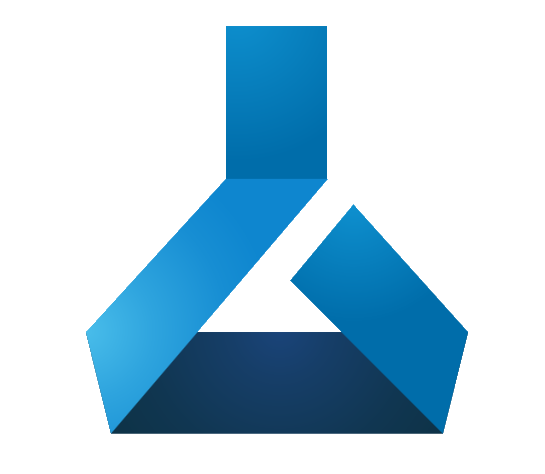References
Internet Documents
General Internet Sites
[1] Barclaycard, "What is PSD2 and will it affect how merchants take payments?", Jun. 25,
2019. [Online].
Available: https://www.barclaycard.co.uk/business/news-and-insights/what-is-psd2.
[Accessed: Oct. 19, 2019].
[2] Open Banking, "What is Open Banking?". [Online]. Available: https://www.openbanking.org.uk/customers/what-is-open-banking/.
[Accessed: Oct. 18, 2019].
[3] Yolt Technical Services, "Open Banking Glossary". [Online]. Available: https://yts.yolt.com/open-banking. [Accessed:
Oct. 25, 2019].
[4] Monzo, "Monzo - Banking made easy", Monzo Bank Ltd. [Online]. Available: https://www.monzo.com. [Accessed: Oct. 15, 2019].
[5] Revolut, "Revolut - A better way to handle your money", Revolut Ltd. [Online].
Available: https://www.revolut.com/. [Accessed: Oct. 15,
2019].
[6] Mint, "Mint: Budget Tracker and Planner". [Online]. Available: https://www.mint.com/. [Accessed: Jan. 11, 2020].
[7] Microsoft, "Microsoft Power BI: Data Visualization", Microsoft Corporation.
[Online].
Available: https://powerbi.microsoft.com/en-us/.
[Accessed:
Jan. 03, 2020].
[8] Tableau, "Business intelligence and analytics software - Tableau", Tableau
Software. [Online].
Available: https://www.tableau.com/en-gb. [Accessed:
Jan. 06,
2020].
[9] Qlik, "Qlik Business Intelligence: Data Analytics & Data Integration". [Online].
Available: https://www.qlik.com/us. [Accessed: Jan. 05,
2020].
[10] Django, "Django: The Web framework for perfectionists with deadlines". [Online].
Available: https://www.djangoproject.com/.
[Accessed: Nov. 28, 2019].
[11] GitHub, "Feather", qicosmos. [Online]. Available: https://github.com/qicosmos/feather.
[Accessed: Nov. 30,
2019].
[12] MarkLogic, "MarkLogic | Data Integration and Data Management Platform", MarkLogic
Corporation. [Online]. Available: https://www.marklogic.com/.
[Accessed: Oct. 21, 2019].
[13] MarkLogic, "Overview of MarkLogic Server on Azure", MarkLogic Corporation.
[Online].
Available: https://docs.marklogic.com/guide/azure/Overview.
[Accessed: Oct. 23, 2019].
[14] MongoDB, "MongoDB: The most popular database for modern apps". [Online]. Available: https://www.mongodb.com/. [Accessed: Dec. 21, 2019].
[15] DB-Engines, "MarkLogic vs. MongoDB Comparison". [Online]. Available: https://db-engines.com/en/system/MarkLogic%3BMongoDB.
[Accessed: Jan. 05, 2020].
[16] Python Hosted, "Cubes - OLAP framework". [Online]. Available: https://pythonhosted.org/cubes/. [Accessed: Jan.
09, 2020].
[17] NTT DATA, "20181026_Hypercubeパラパラ_en", NTT DATA Corporation, Oct. 26, 2018.
[Accessed: Dec.
18, 2019].
[18] Chart.js, "Chart.js | Open source HTML5 Charts for your website". [Online]. Available:
https://www.chartjs.org/. [Accessed: Jan. 22, 2020].
[19] D3.js, "D3.js - Data-Driven Documents". [Online]. Available: https://d3js.org/. [Accessed: Jan. 22, 2020].
[20] Comparison between d3.js and chart.js (only for charts), "Comparison between d3.js and
chart.js (only for charts)". [Online]. Available: https://stackoverflow.com/questions/27347798/comparison-between-d3-js-and-chart-js-only-for-charts/.
[Accessed: Jan. 24, 2020].

